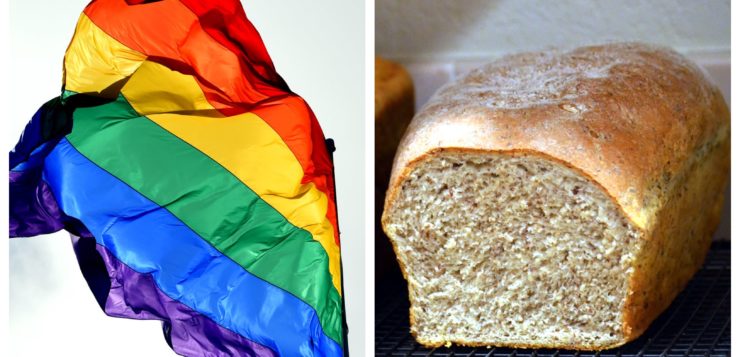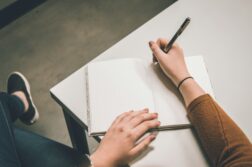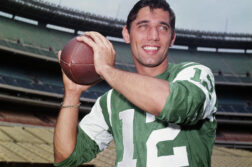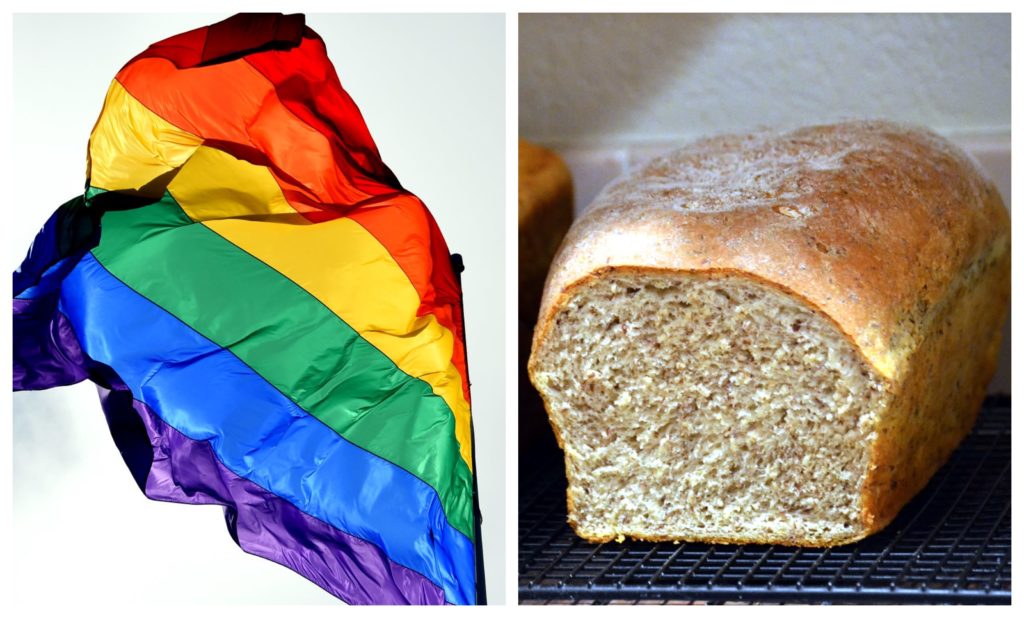
A LITTLE OVER a year ago, smack dab in the middle of a pandemic, I discovered I had Celiac disease. As I’d done at eighteen, after coming out as gay, I began making room for this new aspect of my identity, seeking out spaces and resources as I adjusted to the situation. While the two “coming out” experiences weren’t completely similar, I did notice some parallels between them. Here are just a few of them.
Gluten-free eating establishments are like lesbian bars: minimal and uncommon and thus a true delight to stumble upon. After my Celiac diagnosis, suddenly the majority of restaurants—including ones I’d gone to and loved for many years—were no longer safe. Celiacs can still go out to eat, but with the knowledge that they probably won’t be able to eat most of what’s on the menu due to the risk of gluten cross-contamination. For me, this was similar to when I found out that San Francisco’s Lexington Bar was specifically designed for lesbians. I felt relief and excitement when I discovered Bay Area restaurants such as Kitava, Mariposa Bakery, and Buck Wild Brewery in Oakland’s Jack London.
I knew inside these spaces I wouldn’t have to fret over gluten sneaking into my meal—which is just how I felt inside lesbian bars. I didn’t have to worry about men hitting on me or face the embarrassing possibility of approaching a woman only to find out she didn’t swing my way. It struck me that “gluten normativity” is similar to heteronormativity!
Celiacs are reminded of our lower-tier status in various ways, many of which are subtle, others not so much. We live in a gluten-normative world, with non-Celiacs as “the wheat majority.” Both states of being can fester inside you for quite some time before rising to the surface. It takes an average of eleven years for Celiac to be diagnosed. Many gay people struggle with same-sex attractions for years before finally coming out.
I’ve often heard people make comments like “But you don’t look sick!” to chronically ill individuals. I know comments like these are not said with any negative intention; often they’re even meant as compliments, or reassurance, that the illness doesn’t seem to have totally ravaged the person. Similarly, many a time in a queer woman’s life, she has heard comments like “You don’t look like a lesbian!” from non-LGBT folk.
Would you be able to tell Portia de Rossi or Glennon Doyle were gay just by glancing at them? Do Emmy Rossum or Zoey Deschanel look like women with Celiac disease? Does Selena Gomez’ appearance scream “lupus patient”? There’s a general assumption that illness presents itself with visible signs, but many people that you assume to be healthy may be struggling with autoimmune or any number of other invisible illness, both mental and physical. In the same way, for people in all countries and ethnic identities, across the abled–disabled spectrum, there is no one way to present oneself as “gay.”
Some might ask: “Why do you need an exclusively gay or Celiac space? Society is so accepting of both gay people and Celiacs.” This acceptance is appreciated, but it could be reminiscent of a blind person being welcomed into a library that doesn’t have braille books. Society accepts Celiacs, but the food I’m served could still be cross-contaminated with gluten if I dine at most restaurants. Many “straight spaces” are accepting toward gay people, but that doesn’t mean we’ll find what we’re looking for when we go there.
Some people dismiss Celiac as merely a sensitivity to certain foods when in actuality it’s actually a serious condition that leads to internal organ damage and other health complications. It’s similar to the way in which some people don’t take LGBT people’s sexual orientations seriously (with comments like “It’s just a phase”).
Nevertheless, enormous progress has been made. Back in the 1950s, LGBT were routinely fired from their jobs for being gay and could expect to be rejected by their families; now we can marry legally and watch ourselves on mainstream TV. Similarly, twenty years ago, Celiacs fared worse than we do today. Few companies printed the gluten-free label on their foods, and few restaurants accommodated our requests. Due to people’s limited awareness of our condition, we were widely viewed as merely finicky eaters.
Of course, we still have a ways to go on both fronts, but this has been a positive era for LGBT people and Celiacs alike.
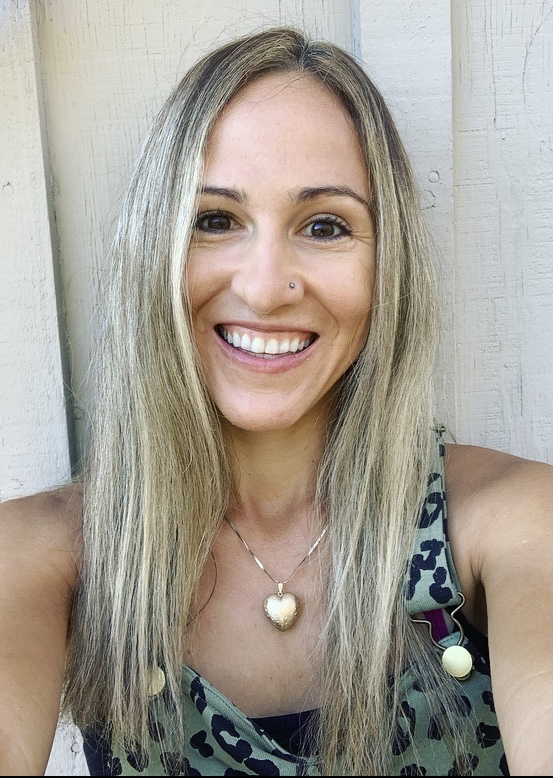 Eleni Stephanides is an LGBT bilingual writer, who was born and raised in the Bay Area. Her work has been published in Tiny Buddha, Out Front Magazine, The Mighty, Curve Magazine, Thought Catalog, Elephant Journal, The Fix, United by Pop, The Mindful Word, and Uncomfortable Revolution among others. You can follow her on IG eleni_steph_writer and read stories from her time as a rideshare driver at lyfttales.com.
Eleni Stephanides is an LGBT bilingual writer, who was born and raised in the Bay Area. Her work has been published in Tiny Buddha, Out Front Magazine, The Mighty, Curve Magazine, Thought Catalog, Elephant Journal, The Fix, United by Pop, The Mindful Word, and Uncomfortable Revolution among others. You can follow her on IG eleni_steph_writer and read stories from her time as a rideshare driver at lyfttales.com.


